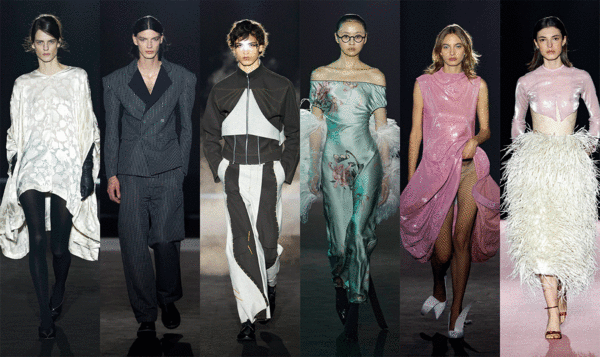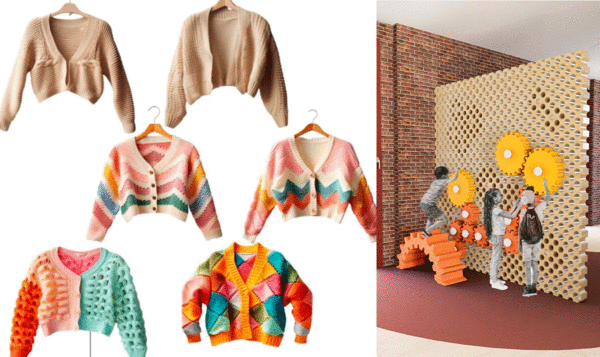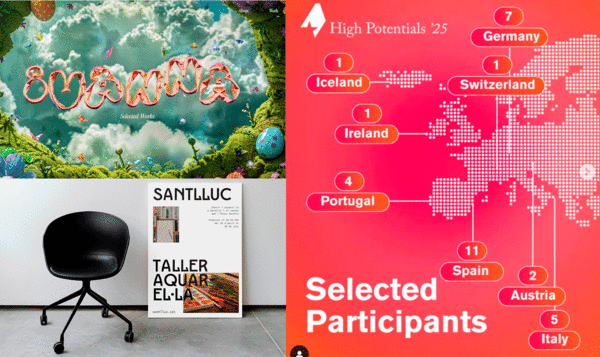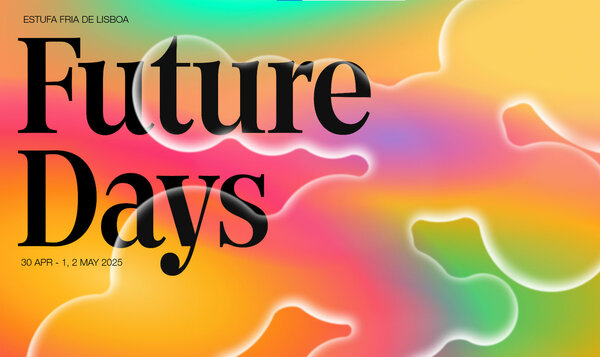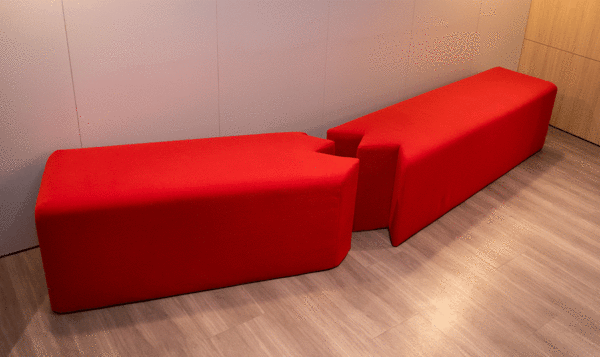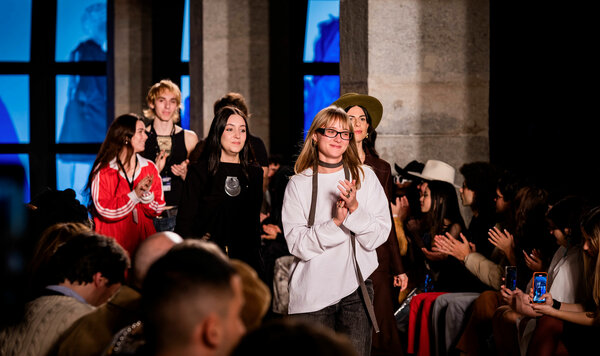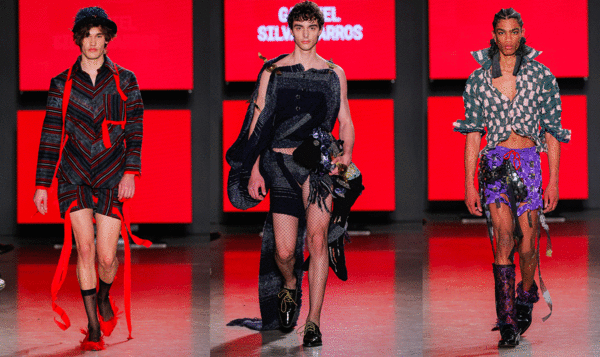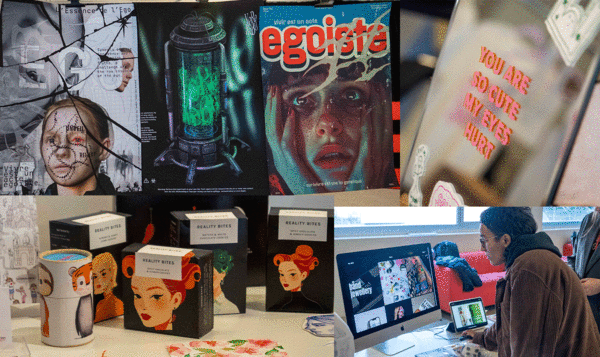One of the topics addressed during the talk was the impact that technological advances will have on our ways of living, learning and working in the years to come

Anticipating future design scenarios
Date
01 December 2022
On the occasion of its 20th Anniversary celebrations, on 1 December, IED Barcelona organised the round table "What's the next point?" in a bid to imagine what future design scenarios will be like from the perspective of training, taking the city of Barcelona as a case study.
Led by Andrea Marchesi, Director of IED Barcelona, the talk included a panel of experts made up of Riccardo Balbo, President of the Francesco Morelli Foundation and Academic Director of the IED Group; Pilar Pasamontes, Scientific Director of IED Barcelona’s Fashion School; Sison Pujol, CEO of Nomon Design and President of ADG Fad; and Bern Donadeu, Founder and Design Director of Nacar Design Agency.
After a few words from Agustí Valls i Prats, General Director of IED S.L., and Emanuele Manzitti, Hon. Consul General of Italy in Barcelona, the debate began. Firstly, the speakers analysed the state of design in the city. All agreed that it has not lost its appeal as a centre of reference for creative talent.
Riccardo Balbo: “A few years ago, Barcelona was the city where you could do whatever you wanted, the American dream of creativity. And that remains intact, because its will to be free is something that other cities do not have.”
They also highlighted the key role of design in achieving the SDGs of the 2030 Agenda. In fashion, for example, there is an increasing commitment to projects that work with upcycling, small brands and the local level.
Pilar Pasamontes: “The fashion sector is realising that the world has changed. We have to be sustainable because we have no other choice. And young people know it: they are carrying out different projects, creating small brands, local fashion for people who don't want to be like the rest.”
Another of the topics addressed during the talk was the impact that technological advances will have on our ways of living, learning and working in the years to come. Although the experts underlined the difficulty of trying to imagine the future, they indicated that in the field of visual communication, transparency and simplicity will be enhanced to facilitate the understanding of messages.
Sisón Pujol: “The speed of technological innovation is such that it is not possible to predict how we will communicate in the times ahead. Everything is changing at a tremendous speed. But what I would dare to say is that communication will tend towards greater transparency and simplicity, in all areas. And this will mean we understand messages much more quickly.”
Regarding how all these changes are already affecting the training of designers, they underlined the importance of recovering a humanistic culture. In their opinion, without this knowledge that acts as the foundation of education, new generations will present worrying learning gaps.
The symposium concluded with a reflection on how much remains to be done in the field of design to ensure it is more fair, balanced and sustainable.
Bern Donadeu: “The responsibility we have in terms of sustainability (how we make products, consume them and the image that designers present to the world) has changed a lot and is changing, but there is still a long way to go.”
Although big brands, for example, have already made advances that were unthinkable years ago, the next few decades will reveal whether together, we have indeed succeeded.


